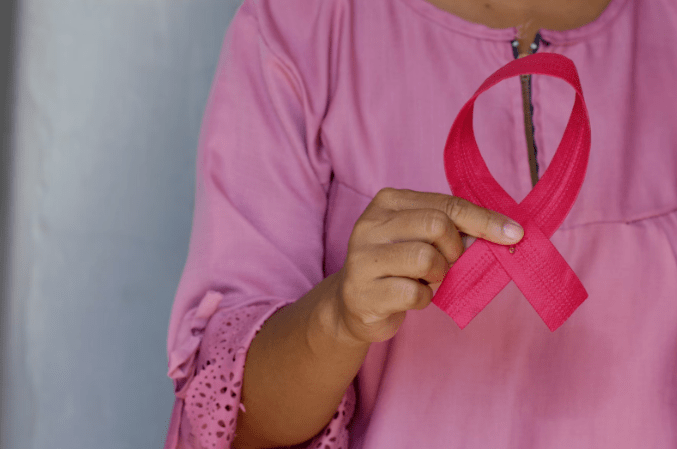
October is Breast Cancer Awareness Month, and the need for awareness and action is as vital as ever. While we often associate this month with fundraising events, it's essential to recognize that supporting breast cancer awareness can encompass a more comprehensive approach to wellness.
This month is an opportune moment for all members of the health sciences community, including faculty, students, and staff, to partake in understanding the risk factors, symptoms, and early detection techniques related to breast cancer. It is beneficial for all to gain insight into these facts so that you may share them with your patients, peers, and the broader community. Raising awareness commences with a deep understanding of the subject matter, and there are excellent resources available from reputable organizations like the American Cancer Society, the CDC, and the American Association for Cancer Research that can be used to help consumers be well-informed. If you are looking to delve further into the subject during National Breast Cancer Awareness Month, we encourage you to explore the educational guide provided by the National Breast Cancer Foundation.
It is vital to underscore that recognizing and acting upon symptoms is of utmost importance. Now is a fantastic time to promote regular breast health check-ups and screenings, as early detection is the linchpin of successful treatment. We urge you to encourage visits to healthcare providers for routine breast examinations and screening.
Let's elevate breast cancer awareness beyond just the pink ribbon, focusing on a more data-driven and comprehensive approach to wellness in 2023. Take the time to empower yourself and your patients with knowledge, prioritize breast health through regular check-ups, and actively engage in advocacy to bring about meaningful change. Awareness is a collective effort, and your involvement can make a significant impact in the fight against breast cancer.
Additional resources can be found in Himmelfarb’s collection:


